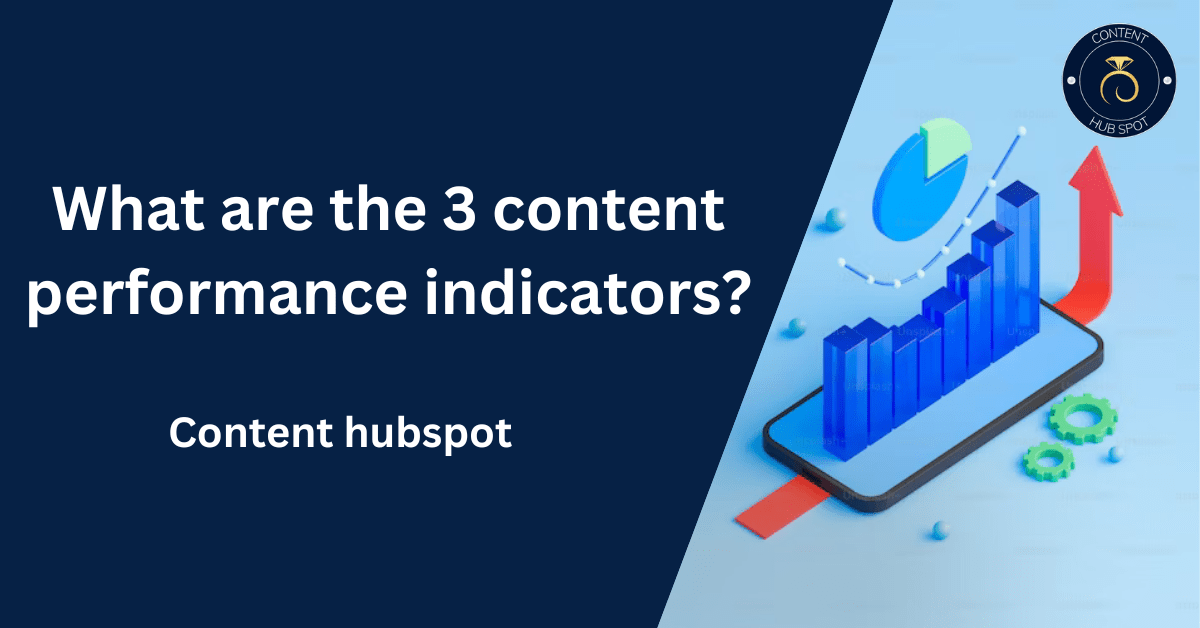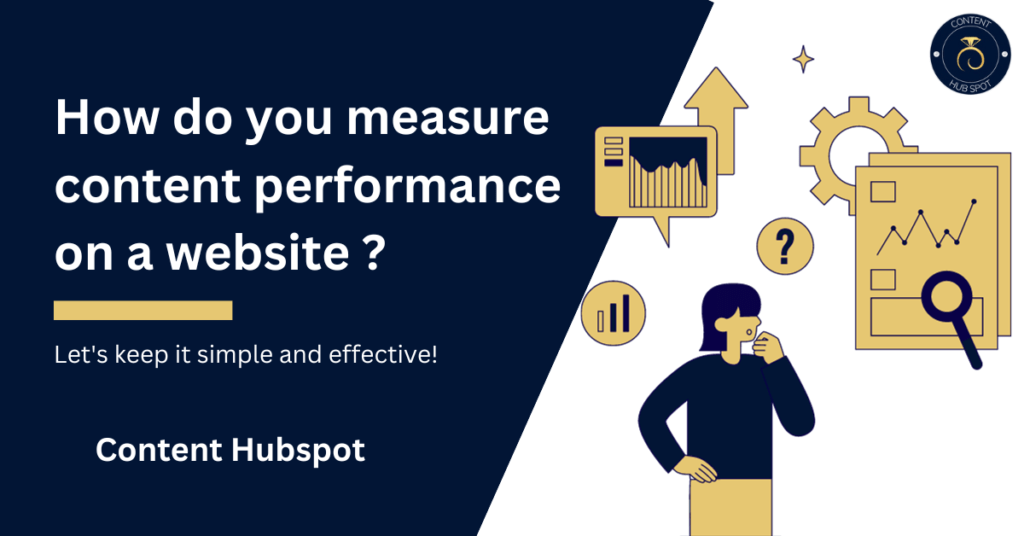In the world of Content marketing, where people create and share online content to promote things, there was a big question on everyone’s mind: Were they getting good results, or were they just wasting their time?

To find the answer, my own experiences have shown me that we should pay attention to three important signals. You need to understand and leverage the three essential content performance indicators. These metrics will not only gauge the effectiveness of your content but also guide your strategy towards achieving your goals.
The 3 content performance indicators
Traffic and Engagement Metrics: The Pulse of Your Content
When you publish content, it’s like sending a message out into the world. The first and most immediate indicator of performance is the response it receives. Here’s what you should track:
Pageviews: This basic metric tells you how many times your content has been viewed. An increasing number of pageviews is generally a positive sign, but don’t stop here. Dig deeper.
Time on Page: The longer people spend engaging with your content, the more they value it. A high time-on-page indicates that your content is holding readers’ attention.
Bounce Rate: On the flip side, a high bounce rate suggests that visitors are leaving your page without exploring further. This could mean your content isn’t meeting their expectations or needs.
Social Shares: Social media shares can extend the reach of your content exponentially. When people find your content share-worthy, it’s a sign of its relevance and appeal.
Conversion Metrics: Turning Interest into Action
Traffic and engagement are essential, but they’re only part of the story. Ultimately, you want your audience to take action. Conversion metrics reveal whether your content is driving these desired actions:
Click-Through Rate (CTR): CTR measures how effective your content is at getting users to click on calls to action (CTAs). Whether it’s signing up for a newsletter, downloading an ebook, or making a purchase, a higher CTR is a positive sign.
Conversion Rate: This metric tracks the percentage of visitors who complete a desired action, such as filling out a contact form or making a purchase. A higher conversion rate means your content is persuasive and effective.
Return on Investment (ROI): The Bottom Line
Ultimately, your content marketing efforts should contribute to your bottom line. ROI is the ultimate indicator of whether your content is a profitable investment:
Cost per Acquisition (CPA): CPA measures the cost of acquiring a new customer through your content efforts. It’s a critical metric for assessing the financial efficiency of your campaigns.
Customer Lifetime Value (CLV): CLV helps you understand the long-term value of a customer acquired through your content. A high CLV justifies the resources spent on content marketing.
Revenue Attribution: To calculate the direct impact of your content on revenue, you need to attribute sales or conversions to specific pieces of content. This can be a complex task but is crucial for proving the value of your content marketing efforts.
Conclusion
In short, my personal experiences have been incredibly helpful in realizing how important three content performance indicators are: Traffic and Engagement Metrics, Conversion Metrics, and ROI Metrics. These indicators work together to give us a complete picture of how your content is performing. By using these key metrics and the insights I’ve gained from data, we can carefully adjust your content strategy, improve your audience’s experience, and achieve your marketing goals. It’s important to mention that my experiences don’t just help track numbers; they also help tell a compelling story of success in your content marketing efforts.



Pingback: Best Ultimate Guide to Analyzing Content Performance in 2023